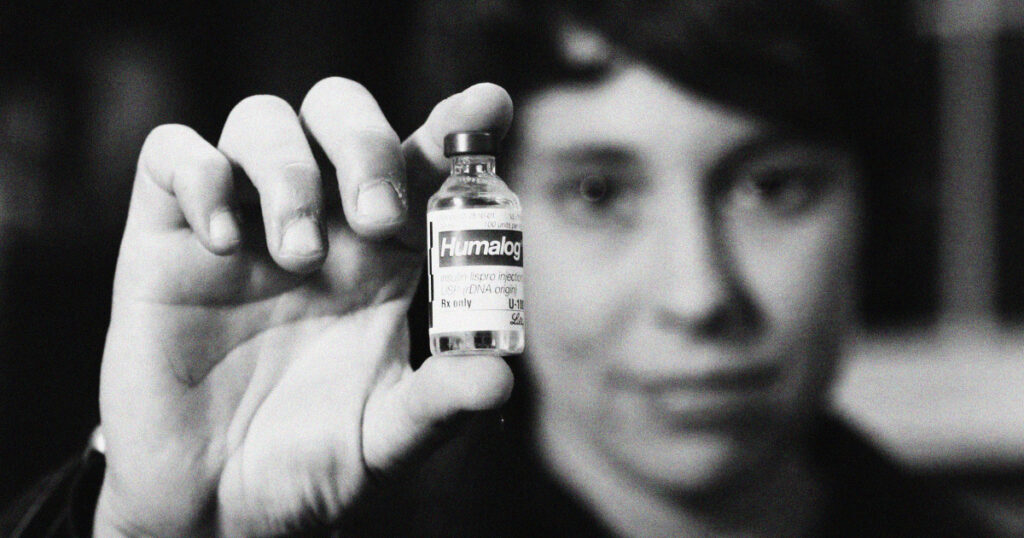Pharmaceutical mega-giant Eli Lilly announced Wednesday that it will place a cap of $35 a month on the out-of-pocket cost of the insulin it produces. The decision has drawn a lot of praise for the company, a major change compared to the previous thwacking it’s taken for wildly overcharging for the lifesaving drug.
But let’s not pretend this is some form of corporate altruism from Eli Lilly. Instead, it’s the best move available for a company caught in the middle of three pressure points: political and public outrage; policy shifts at the state and the federal levels; and looming competition in the market that has been a very long time coming.
When insulin was discovered in the early 1920s, the inventors received an American patent, which they then sold to the University of Toronto for a grand total of $3. Not $3 million. Three dollars.) The university turned to Eli Lilly to produce the new drug in exchange for a one-year distribution monopoly. Since then, Lilly has become one of three major sources for insulin in the U.S., alongside France’s Sanofi and Denmark’s Novo Nordisk.
Rather than keep with the spirit of the discoverers’ generosity, insulin has become a major profit-maker for its producers.
Rather than keep with the spirit of the discoverers’ generosity, insulin has become a major profit-maker for its producers. As NBC News reported last year, it can be notoriously hard to pin down the exact cost of a vial of insulin, as “what an individual will pay depends on a number of factors, including what type of insulin they are using, insurance status and whether they’re eligible for a rebate from the drugmaker.” But what’s clear is that the price has skyrocketed in last two decades, especially for those who are paying full retail price.
One study published in 2020 found that between 2007-2018, list prices for some insulin products increased by more than 200%. The cost of insulin for patients with Type 1 diabetes nearly doubled from 2012-2016, the…
Read the full article here





